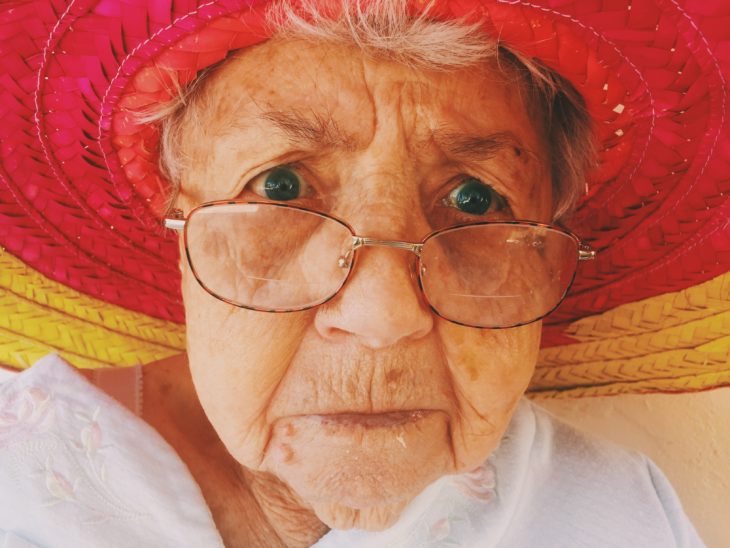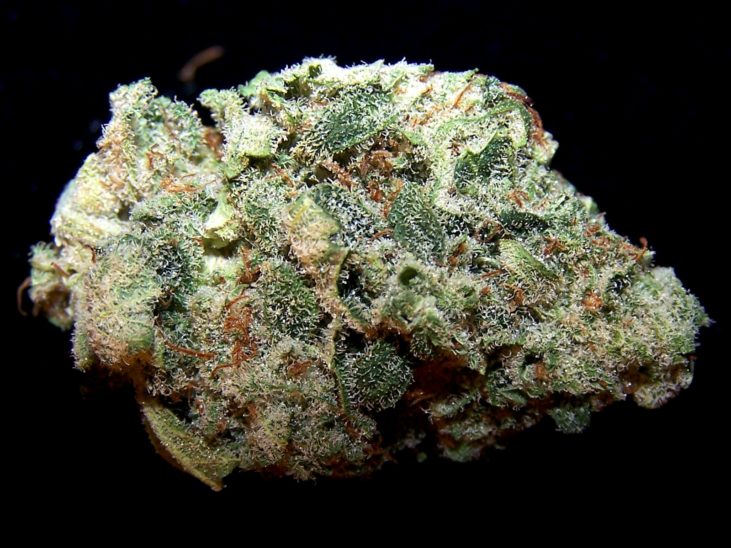When someone mentions the word “marijuana,” what typically springs to mind is an image of young people smoking recreationally. However, ever since the legalization of medical marijuana in 28 states, the use of medical marijuana among the elderly has become popular as a more natural alternative to prescription medicines.
There are various strains of marijuana, and some are void of THC, the cannabinoid that produces the psychoactive effects. This means that patients can take marijuana purely for the medicinal benefits without getting high. As people get older, they are likely to start experiencing a host of health problems from arthritis to Alzheimer’s. Here is a list of ways medical marijuana can help the elderly with a variety of health conditions.
Glaucoma
Glaucoma is a condition that affects the optic nerve, which carries information from the eye to brain. As fluid pressure increases in the eye, vision loss gradually occurs. Current treatment includes laser therapy, eye drop medications and surgery; however, these options may cause undesirable side effects or may not even be sufficient in reducing the fluid pressure in the eye. Studies show that taking medical marijuana may help with glaucoma risk factors and symptoms such as reducing intraocular pressure, inflammation and mydriasis, a condition in which the pupils dilate.
Arthritis
Arthritis is a common health problem that affects almost 50 percent of people more than 65 years old. There are five main groups of arthritis, and the various symptoms include fatigue, weight loss, and swelling and inflammation of the joints. Despite mixed opinions as to whether cannabis can help with arthritis symptoms, THC, a cannabinoid found in marijuana, is known to help with chronic pain and has been shown to effectively treat patients and ease severe arthritis.
Cancer
Cancer is one of the most talked about diseases in the world, yet doctors and scientists are still looking for a cure. It affects people of all ages, though there are certain cancers that may affect the elderly more, such as prostate, breast and ovarian cancers. This is because of age-related factors such as chronic inflammation, in addition to changes in tissues and organs, make the cells’ microenvironment more ideal for cancer to develop. Unfortunately, there is no sure answer as to whether medical marijuana can cure cancer completely; however, patients have been known to shown improvements in terms of coping with the side effects of chemotherapy, such as nausea, after taking medical marijuana in the form of cannabis oil. Furthermore, research has shown that cannabis kills cancer cells by inducing a specifically programmed cell death called apoptosis. The compounds found in marijuana also stop the proliferation of cancer cells and tumors.
Alzheimer’s Disease

Studies have revealed that THC can slow the production of beta-amyloid proteins in nerve cells, which is known to be a key factor in the progression of Alzheimer’s.
Alzheimer’s disease is a progressive mental deterioration and is the most common type of dementia. With an increase in age comes with an increase in the likelihood of developing Alzheimer’s, along with other things such as a family history of the disease. Symptoms include memory problems, disorientation, insomnia, speech problems and even hallucinations. This can be a very distressing disease, not just for the patient but also for family members and relatives. Studies have revealed that THC can slow the production of beta-amyloid proteins in nerve cells, which is known to be a key factor in the progression of Alzheimer’s. Additionally, marijuana is also thought to help improve other symptoms of Alzheimer’s such as insomnia, motor functioning and weight control.
Osteoporosis
Osteoporosis is another condition that is likely to affect the elderly as bone deterioration increases with age. Bones become weaker and brittle, increasing the chances of breakage and fracture. CBD may help with strengthening of bones as well as heal broken bones. CBD does this by preventing the enzyme FAAH from breaking down bone-forming compounds, thereby helping to preserve bone strength. Bisphosphonate, which is typical medication for osteoporosis, can come with side effects such as muscular pain, fever and joint pain. Alternative treatment in the form of medical marijuana is promising as it combats theses effects and is a more natural form of medication to treat osteoporosis. For the elderly, smoking may not be the most appealing way to take medical marijuana; therefore, using tinctures may be a more ideal and discreet method.
Overall, there is still research to be carried out to confirm the viability of medical marijuana as a cure for a host of diseases, and there will always be experts for and against. Nevertheless, things seem promising as medical marijuana has time and time again been proven help treat inflammation, which has been called the root of most diseases, while modern medicine focuses on mainly dealing with symptoms.

